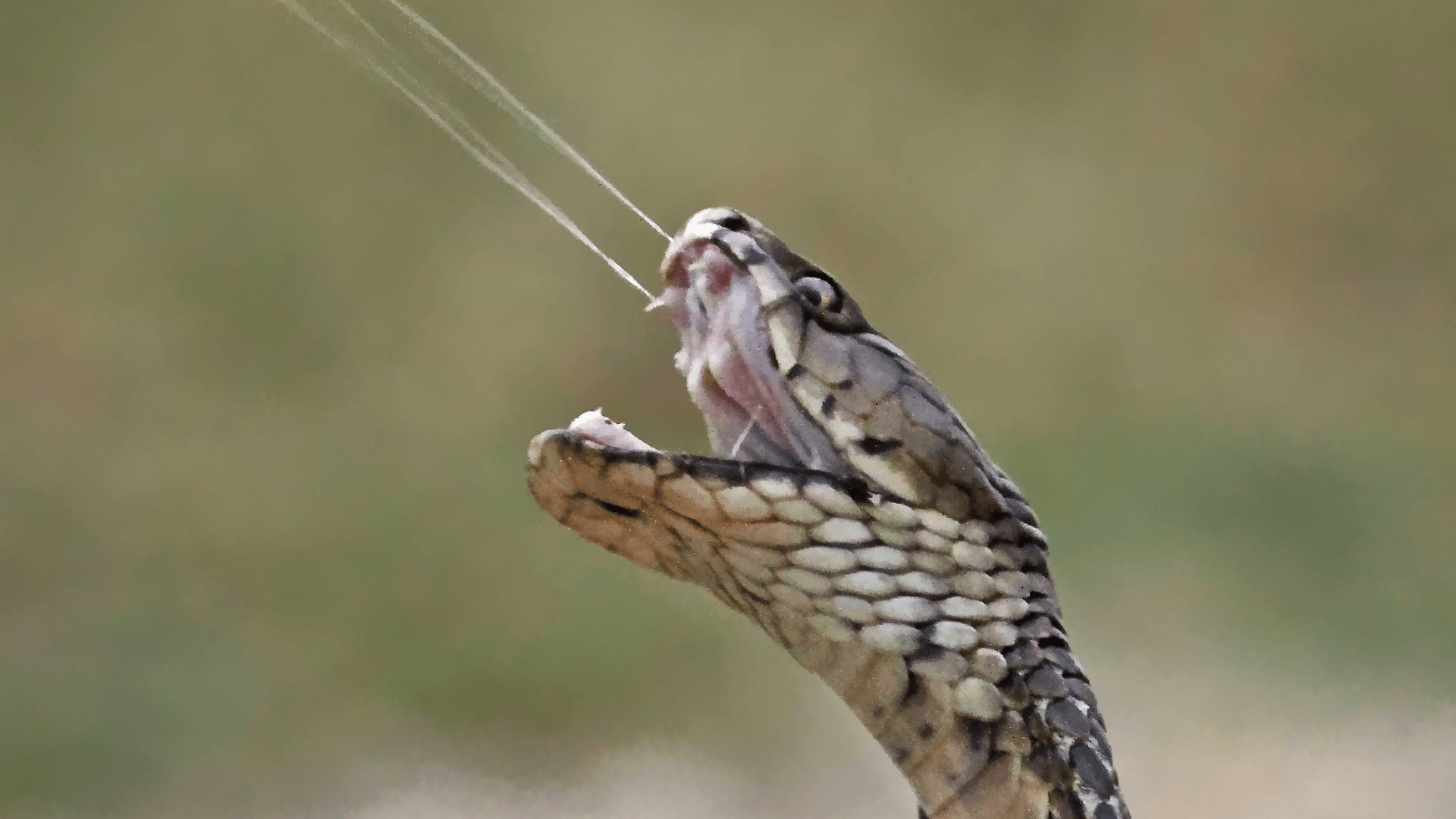Venomous snakes have long been feared and misunderstood creatures, often portrayed in media and folklore as aggressive killers waiting to strike at the first opportunity. However, the reality of snake behavior is far more nuanced and fascinating. Despite their formidable defensive capabilities, many venomous snakes display remarkable restraint when confronted by potential threats, including humans. This article explores the surprising reasons why venomous snakes frequently choose not to bite even when provoked, the biological mechanisms behind their decision-making, and what this means for our understanding of these complex reptiles. By examining this counterintuitive behavior, we can gain valuable insights into snake psychology, evolution, and the delicate balance between defense and conservation of resources in the natural world.
The Cost-Benefit Analysis of Venom Production
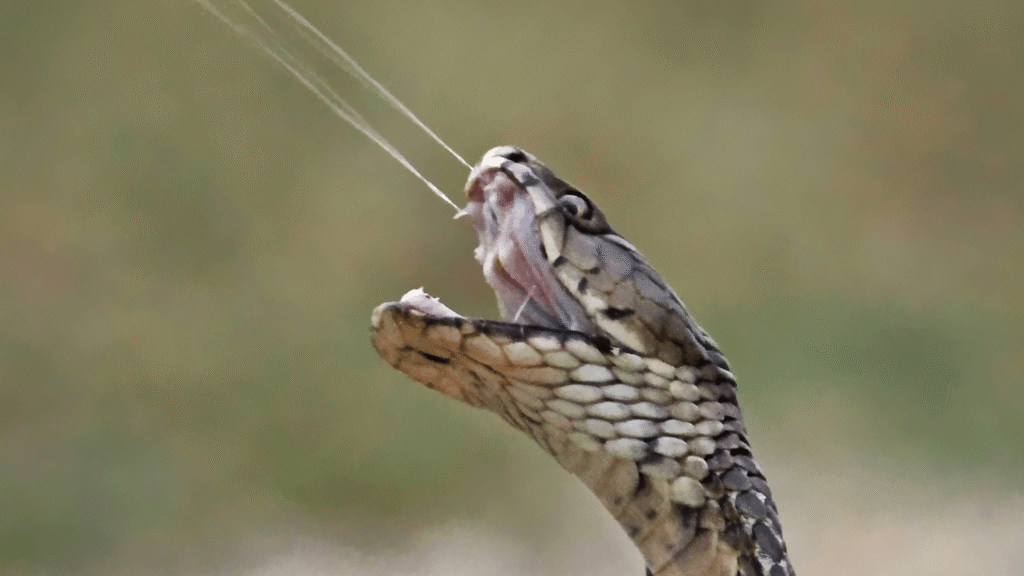
Venom is a metabolically expensive substance for snakes to produce, requiring significant energy resources that could otherwise be used for hunting, reproduction, or growth. Research has shown that replenishing venom stores can take days or even weeks, leaving the snake vulnerable during this recovery period. This biological reality means that snakes have evolved to be surprisingly economical with their venom, using it primarily for prey acquisition rather than defense when possible. Studies on rattlesnakes have demonstrated that they can control the amount of venom injected during a bite, sometimes delivering “dry bites” with little to no venom when striking defensively. This sophisticated cost-benefit analysis happens instinctively, representing millions of years of evolutionary pressure to conserve this precious resource.
Primary Function of Venom: Hunting, Not Defense
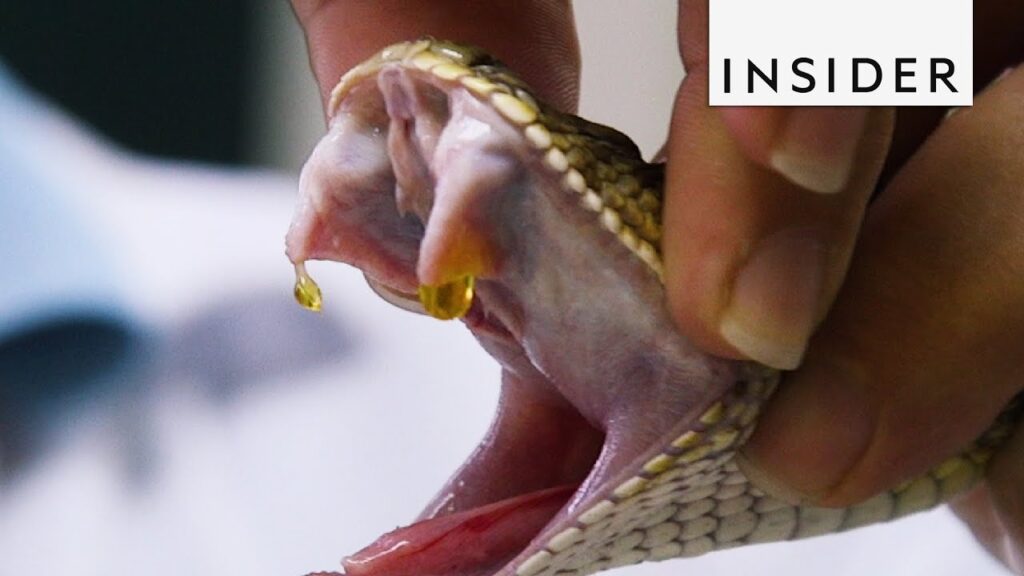
Contrary to popular belief, the primary evolutionary purpose of snake venom is for hunting and subduing prey, not for defense against larger predators. Venom allows snakes to incapacitate prey much larger than themselves without engaging in potentially dangerous physical struggles. For most venomous species, defensive biting represents a misappropriation of a hunting tool that could leave them unable to feed effectively. This explains why many venomous snakes have evolved elaborate warning systems like rattles, hoods, or bright coloration – these are attempts to avoid having to use venom defensively in the first place. Research on venom composition further supports this distinction, as the compounds most effective for immobilizing typical prey animals are often different from those that would be optimal for deterring large mammalian predators.
Alternative Defense Mechanisms
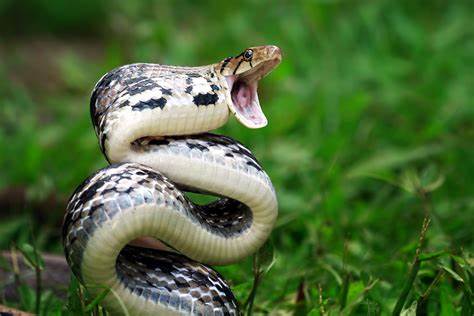
Venomous snakes have developed a remarkable array of non-venomous defense strategies that they typically employ before resorting to biting. Many species will first attempt to flee when encountered, preferring escape over confrontation whenever possible. If escape is not an option, snakes may engage in bluffing behaviors such as flattening their heads, hissing loudly, puffing up their bodies, or vibrating their tails against the ground to mimic a rattlesnake. Some species like the hognose snake take theatrical displays even further, playing dead with remarkable commitment – rolling onto their backs with mouths agape and sometimes even emitting foul-smelling secretions to complete the illusion. These graduated response mechanisms allow snakes to deter threats without expending valuable venom resources.
The Warning Strike: Dry Bites
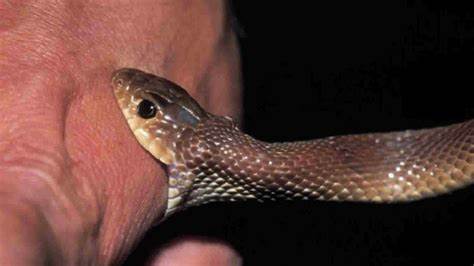
When alternative defense mechanisms fail, many venomous snakes deliver what herpetologists call “dry bites” – strikes that penetrate the skin but deliberately inject little to no venom. Studies from Australia have found that up to 80% of defensive strikes from certain venomous species are dry bites, suggesting this is a deliberate conservation strategy rather than a coincidence. This remarkable control over venom delivery demonstrates a sophisticated biological mechanism that allows the snake to issue a painful warning while reserving its venom for hunting purposes. The prevalence of dry bites varies significantly between species and situations, with some snakes being more likely to deliver envenomated bites if the perceived threat is persistent or if the snake feels cornered with no escape route. This variance in response helps explain why snake bite outcomes can be so unpredictable in human encounters.
The Role of Strike Range and Personal Space
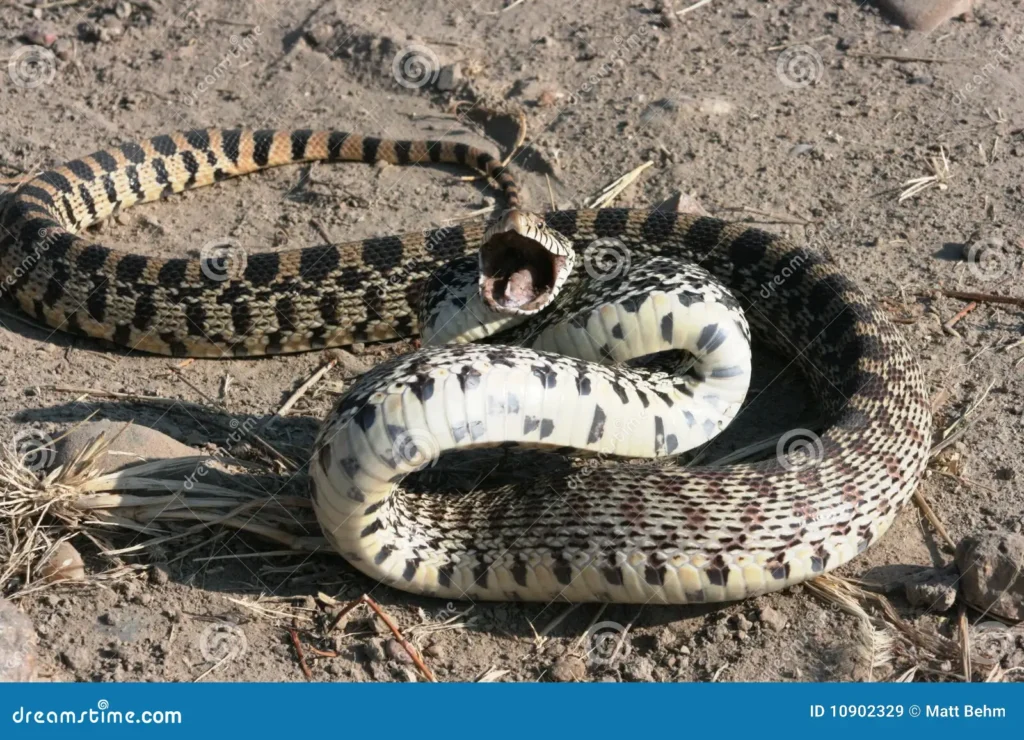
Most venomous snakes have a defined strike range that typically extends to about one-third to one-half of their body length. This creates a critical “personal space” boundary that, when respected, dramatically reduces the likelihood of a defensive strike. Snakes generally perceive threats that remain outside this range as less immediate, allowing them to conserve energy and venom by choosing flight over fight. Field studies have shown that many snake bites occur when humans unknowingly step within this striking range or reach into areas where snakes are hidden, triggering an instinctive defensive response. Understanding these spatial dynamics helps explain why most venomous snakes will not pursue humans to attack them, contrary to many myths, and will only strike when they feel directly threatened within their defensive perimeter.
Thermal Sensing and Threat Assessment
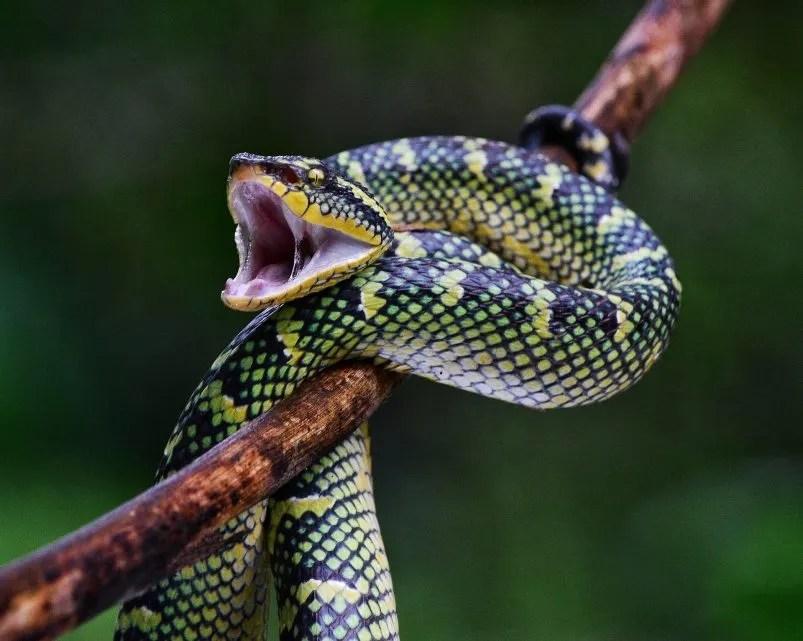
Pit vipers and certain other venomous snakes possess specialized heat-sensing organs that help them distinguish between prey animals and larger potential predators. These remarkable thermal pits can detect minute temperature differences, allowing the snake to create a thermal “image” of nearby organisms. This sensory information plays a crucial role in the snake’s decision-making process regarding whether to flee, threaten, or strike. Research has demonstrated that these snakes can differentiate between the thermal signature of an appropriate prey item and that of a larger mammal like a human, influencing their defensive response accordingly. This sophisticated threat assessment system explains why a snake that might readily strike at a mouse-sized warm object might show remarkable restraint when faced with a human-sized heat signature, recognizing that we fall outside their prey profile and represent a potential danger rather than a food source.
Contextual Learning and Experience
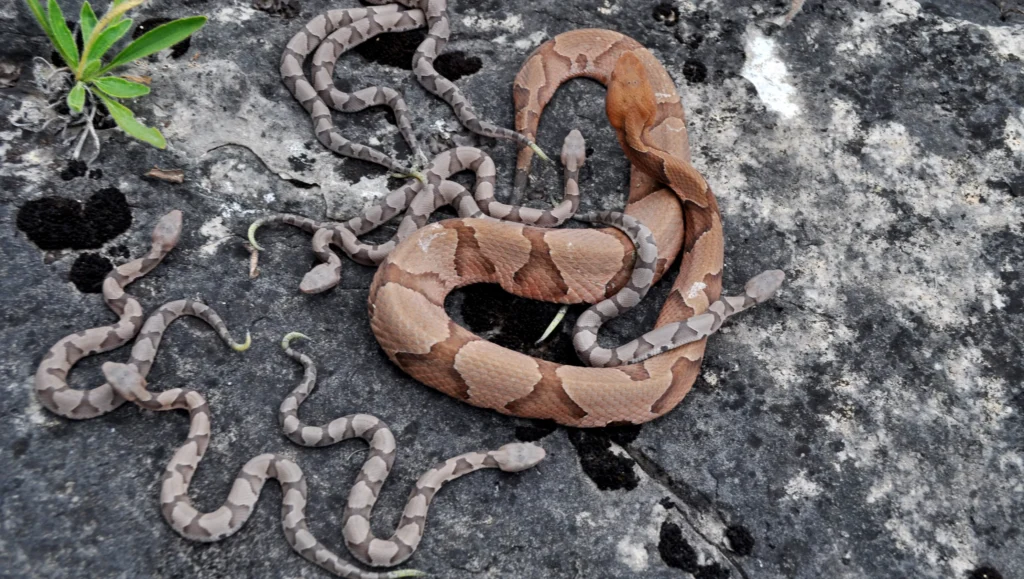
Contrary to the notion that snakes operate purely on instinct, research has revealed that many species demonstrate impressive learning capabilities that influence their defensive behaviors. Captive venomous snakes often become noticeably less defensive over time as they learn that routine handling does not result in harm. Wild snakes in areas with frequent human activity but minimal persecution may similarly become habituated to human presence, showing less defensive behavior than their counterparts in more remote locations. Studies of rattlesnakes have shown that individual snakes can learn from negative experiences, such as unsuccessful strikes or dangerous encounters, potentially making them more selective about when they choose to bite defensively. This capacity for contextual learning creates interesting variations in defensive responses even within the same species.
Energy Conservation Strategies
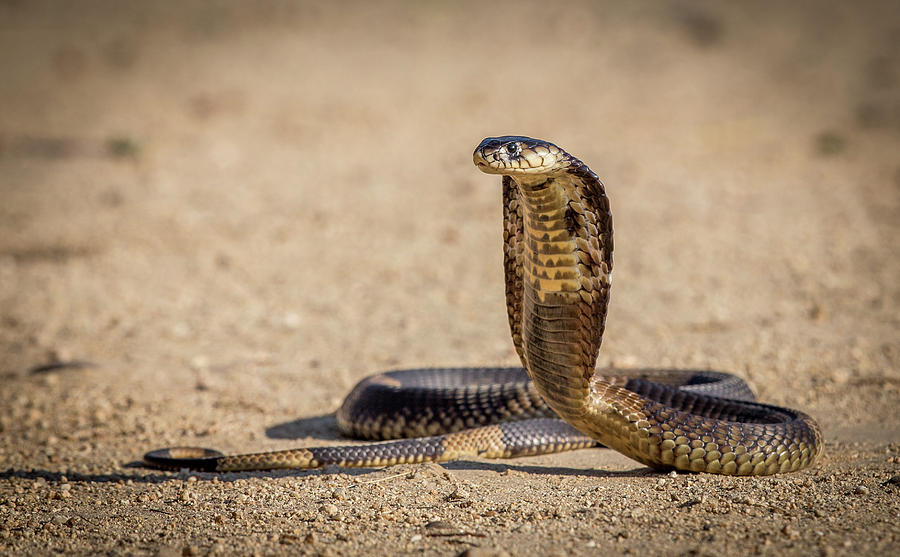
Snakes are remarkably efficient creatures that have evolved to minimize unnecessary energy expenditure. A defensive strike requires significant muscular exertion and places the snake in a temporarily vulnerable position as it recovers its striking posture. For this reason, many venomous snakes will only resort to striking after exhausting less energy-intensive defensive options. During certain phases of their life cycle, such as after feeding or during pre-shedding periods when their vision is compromised, snakes become even more conservative with their energy, often choosing to remain hidden rather than engage defensively. Research tracking the metabolic rates of snakes before and after defensive displays has shown significant energy costs associated with aggressive responses, providing a clear evolutionary incentive for restraint when possible.
The Influence of Environmental Factors
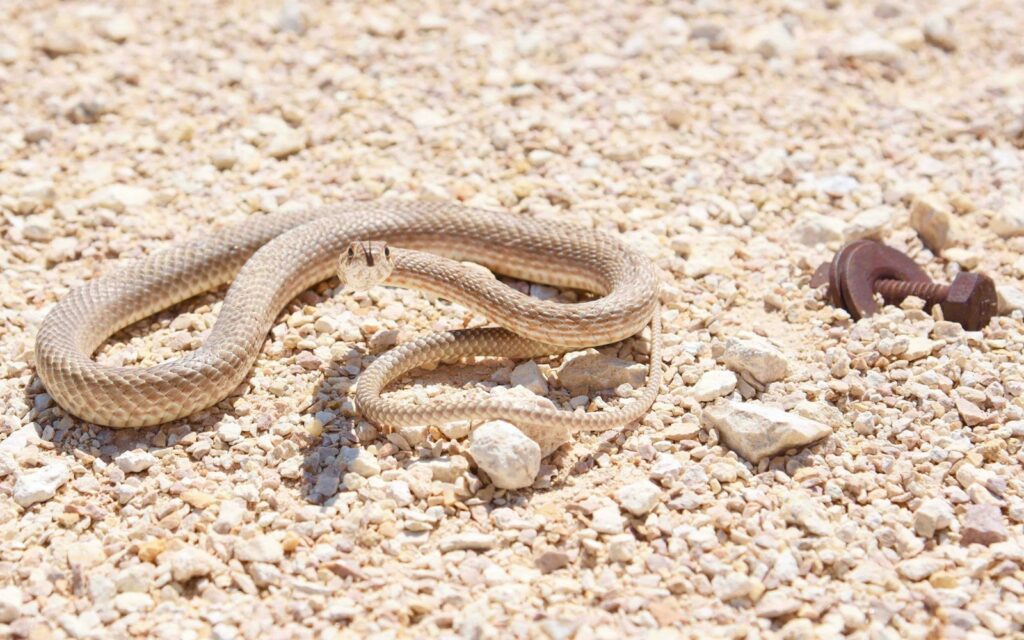
The environmental context significantly impacts a venomous snake’s likelihood of delivering a defensive bite. Temperature plays a crucial role, as snakes are ectothermic (cold-blooded) and their metabolic functions, including defensive capabilities, are highly temperature-dependent. During cooler periods, many venomous snakes become sluggish and may lack the energy for aggressive defense, preferring to rely on camouflage instead. Seasonal factors also influence defensive responses, with many species showing increased defensiveness during breeding seasons when protecting territories or potential mates. Habitat disruption can likewise alter normal behavior patterns, with snakes in recently disturbed environments often displaying heightened defensive responses compared to those in stable habitats. These environmental variables create a complex matrix of factors that influence each potential snake encounter.
Species-Specific Temperament Differences
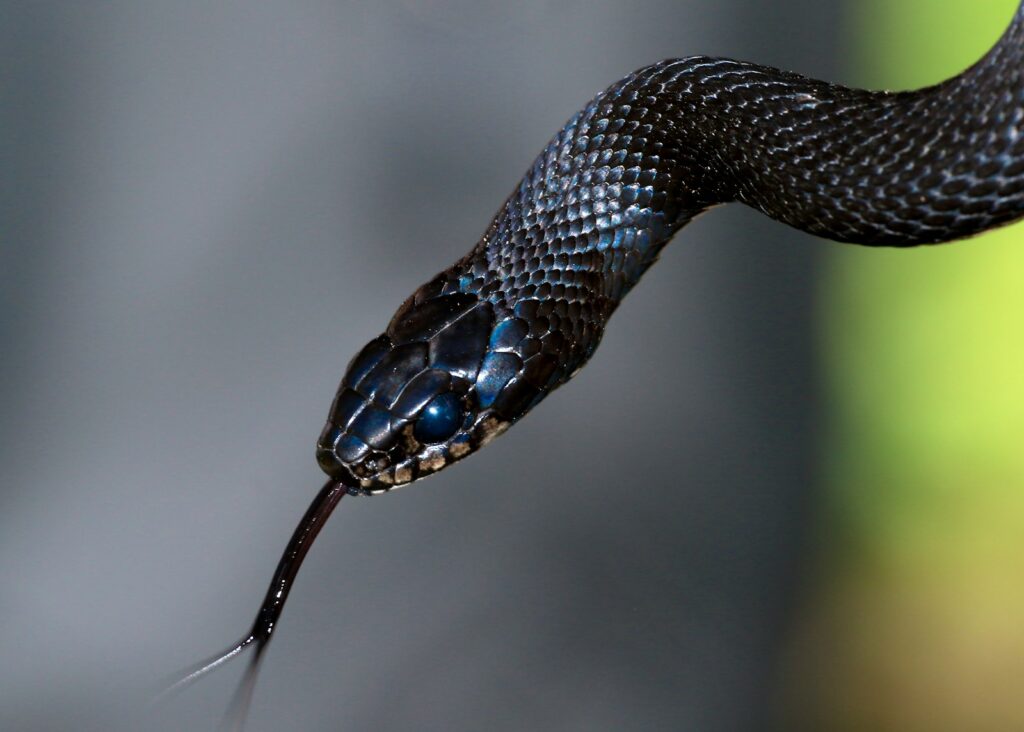
Not all venomous snakes display the same threshold for defensive biting, with remarkable variation existing both between and within species. Some species, like the black mamba, have earned reputations for being quick to defend themselves when threatened, while others like many coral snake species typically attempt to flee or remain motionless rather than strike. These behavioral differences reflect evolutionary adaptations to different ecological niches and predator pressures. Interestingly, research has identified individual temperament differences within the same species, with some snake individuals consistently displaying more “bold” or “shy” behavioral tendencies across different situations. Herpetologists studying captive populations have noted these personality differences can be as pronounced as those observed in mammals, challenging our understanding of reptile psychology and suggesting a more complex cognitive landscape than previously assumed.
Evolutionary Pressure from Predators
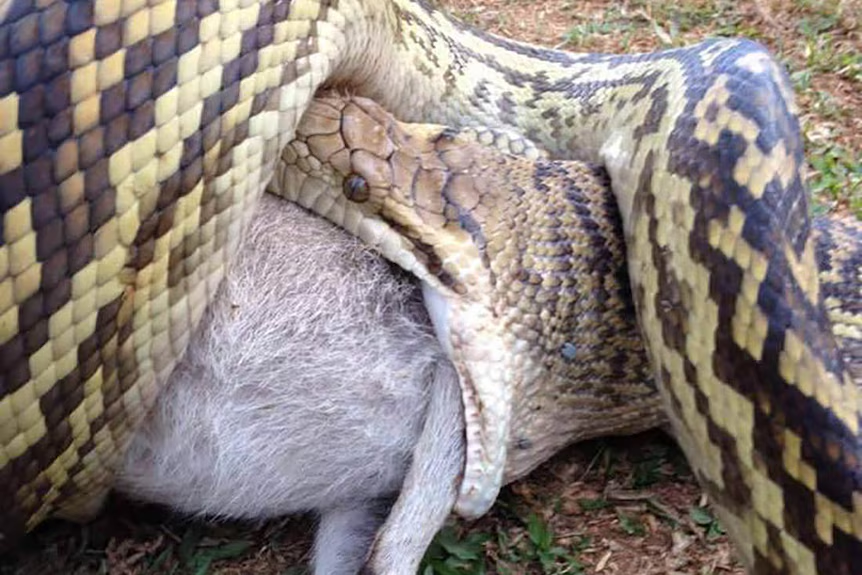
The reluctance of venomous snakes to bite defensively is partly shaped by evolutionary pressure from their natural predators. Many snake predators, such as certain birds of prey, mongooses, and kingsnakes, have evolved resistance to snake venom, making defensive biting less effective as a deterrent against these specialized hunters. In these predator-prey relationships, snakes that relied too heavily on venom for defense would be at a disadvantage compared to those that developed alternative strategies like camouflage, speed, or intimidation displays. Fossil evidence and comparative studies suggest that the co-evolution between venomous snakes and their predators has been ongoing for millions of years, continuously refining the cost-benefit analysis of when to use venom defensively. This evolutionary arms race has produced the nuanced defensive behaviors we observe today, where biting is often the last resort rather than the first response.
Human Misinterpretation of Snake Behavior
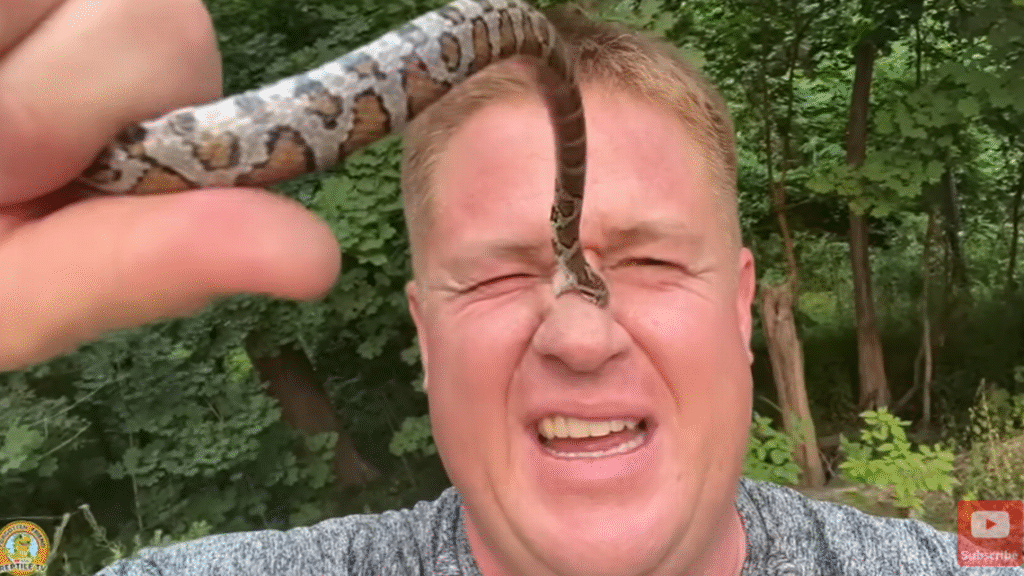
Many human-snake conflicts arise from fundamental misinterpretations of snake body language and intentions. What humans often perceive as aggressive behavior – such as a raised head, hissing, or striking posture – is actually the snake’s attempt to appear intimidating enough to avoid having to bite. These warning displays are frequently misinterpreted as signs of aggression rather than recognized as the defensive communications they truly represent. Studies analyzing human-snake encounters have found that people who respond to these warnings by backing away slowly typically avoid being bitten, while those who panic or attempt to kill the snake often escalate the situation into a genuine defensive bite. Cultural factors also play a role in these misinterpretations, with societies that have strong snake-fearing traditions typically reporting higher rates of negative encounters than cultures with a more nuanced understanding of snake behavior.
Conservation Implications
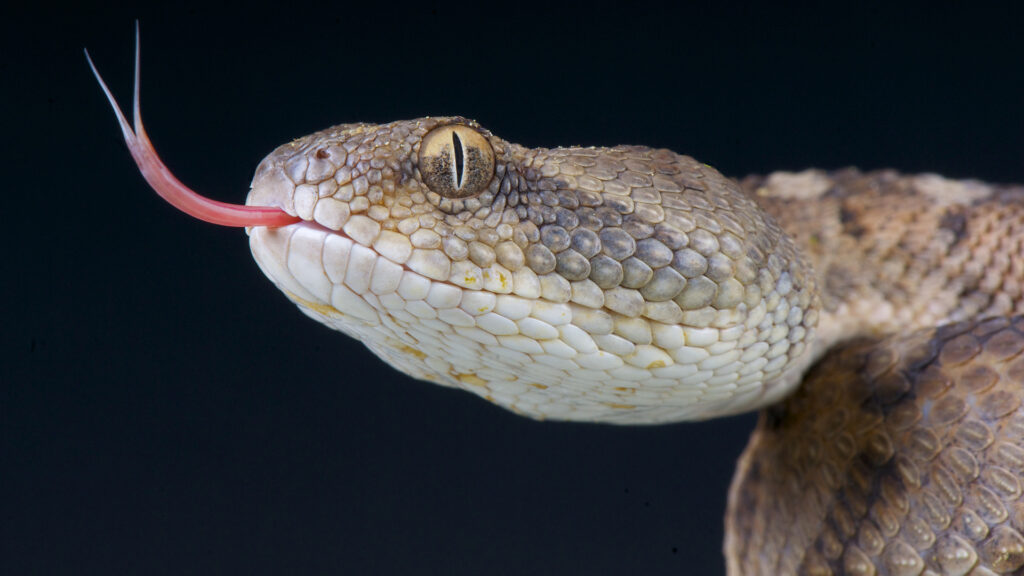
Understanding why venomous snakes often choose not to bite has significant implications for conservation efforts and human-wildlife conflict resolution. When people recognize that most snakes are not aggressively seeking confrontation, they may be less likely to kill snakes on sight – a common practice that threatens many snake populations worldwide. Conservation education programs that emphasize the restraint shown by venomous snakes have proven effective in reducing indiscriminate killing in several regions with high snake diversity. Additionally, this knowledge has practical applications for reducing snake bite incidents in rural communities by promoting appropriate preventative behaviors rather than fear-based responses. As human expansion continues to encroach on snake habitats globally, fostering a more accurate understanding of snake defensive behavior becomes increasingly important for coexistence with these ecologically valuable predators.
The reluctance of venomous snakes to bite when provoked reveals a fascinating aspect of their biology and behavior that contradicts popular perceptions. Rather than being hair-triggered attackers, most venomous snakes have evolved sophisticated decision-making processes that reserve their precious venom primarily for hunting. Their preference for flight over fight, elaborate warning displays, and selective use of dry bites all point to creatures that are fundamentally defensive rather than aggressive. By understanding the complex factors that influence a snake’s decision to bite – from venom conservation and energy management to thermal sensing and individual temperament – we gain not only scientific insight but also practical knowledge that can reduce negative human-snake interactions. This more nuanced view of venomous snakes as restrained defenders rather than aggressive attackers offers an important perspective shift that benefits both human safety and snake conservation efforts worldwide.

